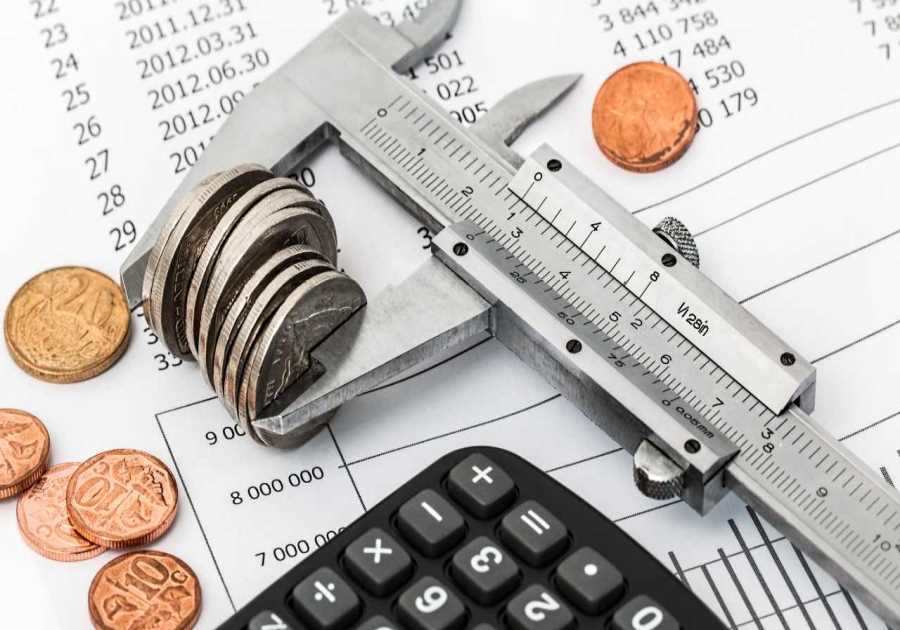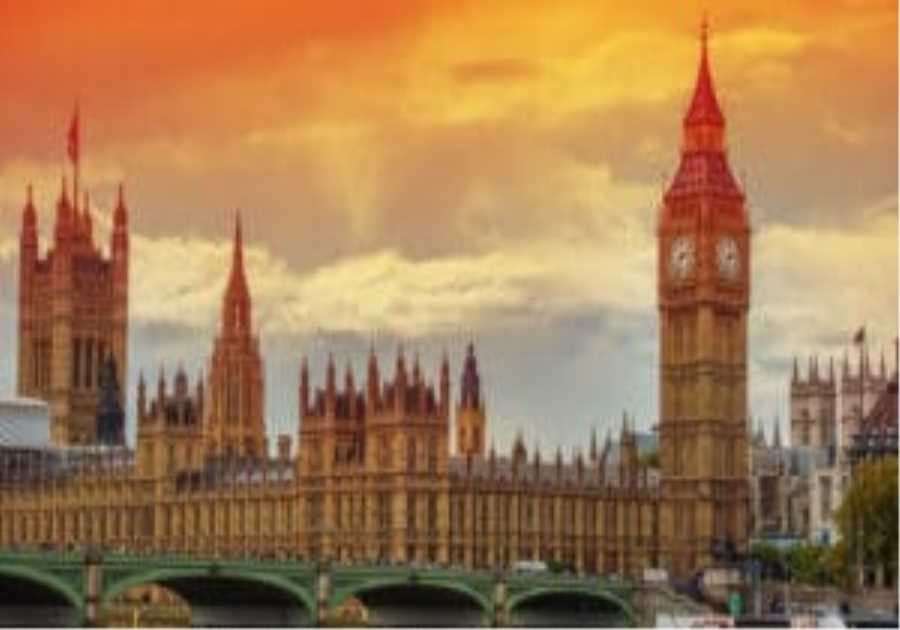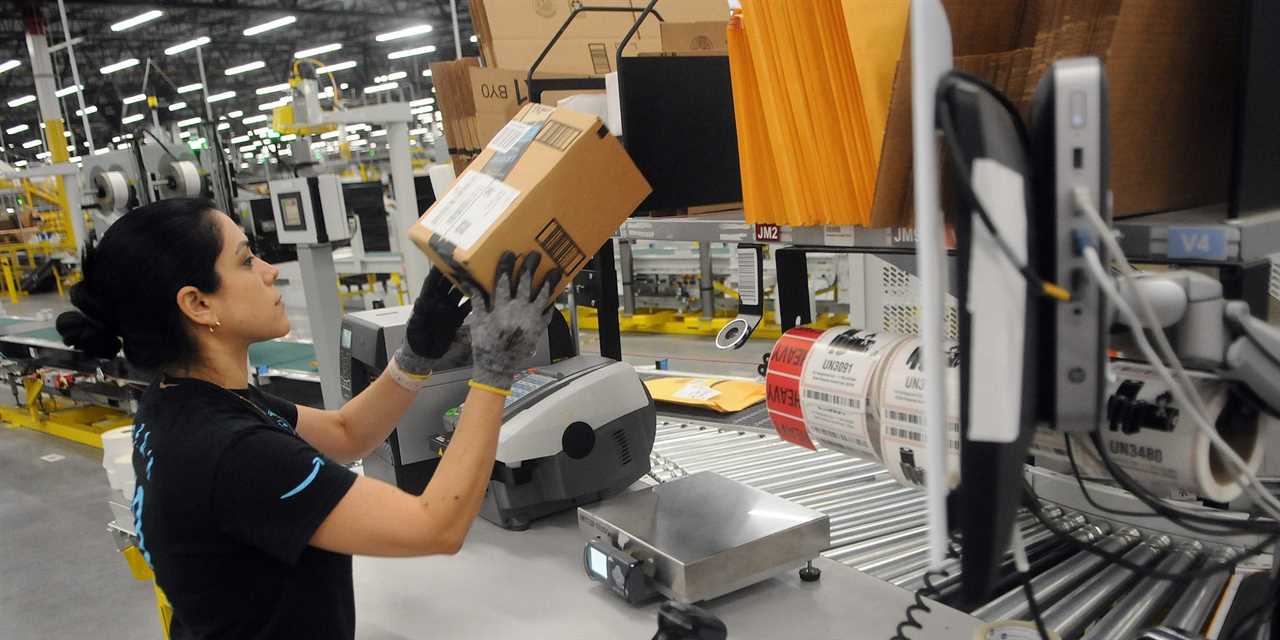
Paul Hennessy/NurPhoto via Getty Images
- Summer sees less consumer spending than other seasons, so Amazon invented its own July holiday.
- Since 2015, Prime Day sales have risen to more than $7 billion and could top $8 billion this year.
- Now, every major retailer has introduced Prime-like memberships — and discount days — of their own.
A decade ago, mid-July wasn't exactly the hottest time of the year for retail.
The summer months tend to see less spending than the spring months, holiday sprees are still months away, and shipping capacity is usually running well. What better time to offer big promotions and speedy delivery?
And so, for Amazon's 20th anniversary, the company introduced a virtual-shopping event that offered Amazon Prime members exclusive deals over a 24-hour period and across nine countries.
Now in its ninth year, Amazon's annual Prime Day has become a fact of American life — a quasi-holiday that retailers of all types pile into. But it wasn't always this way.
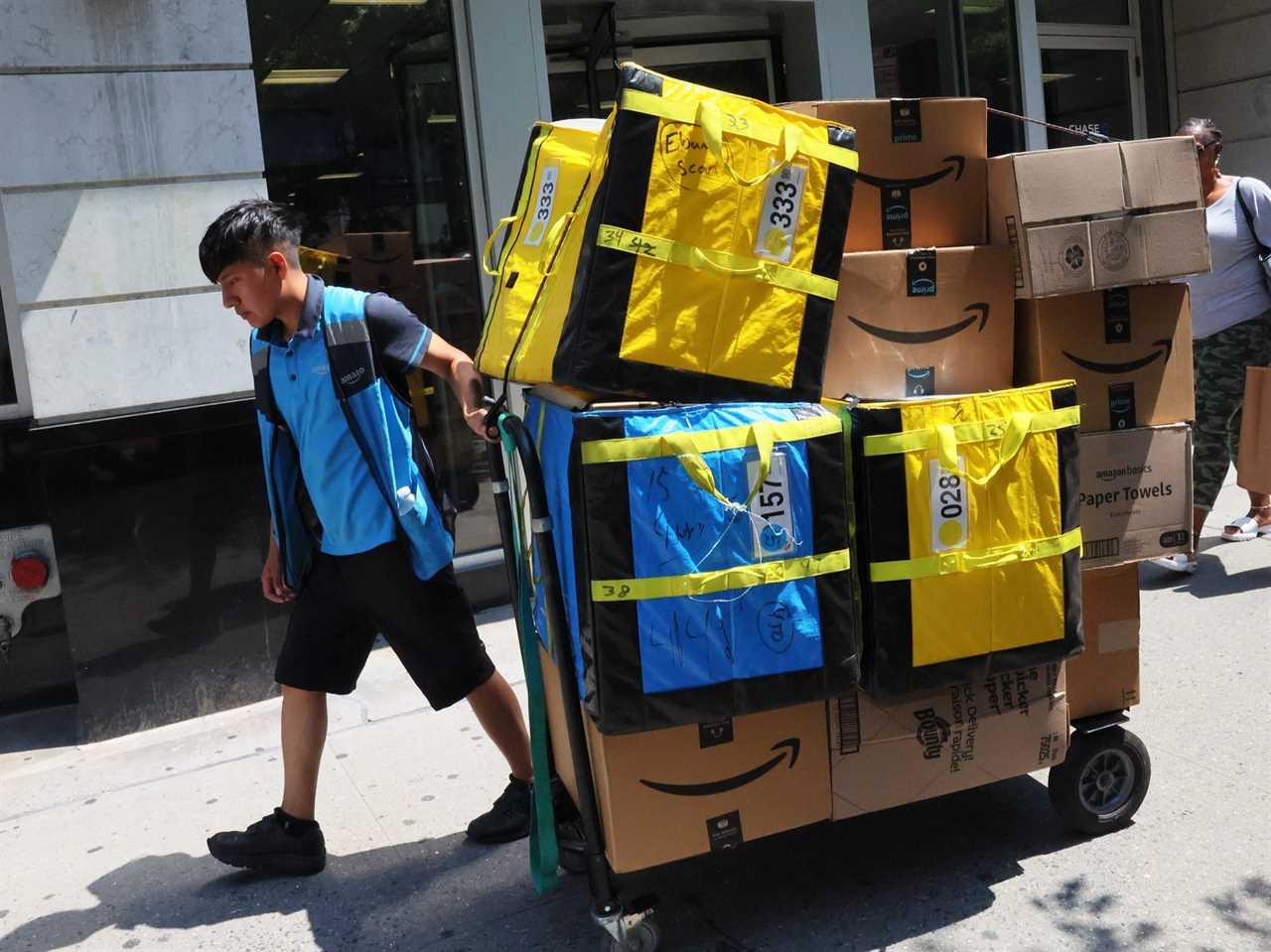
Michael M. Santiago/Getty Images
How Prime Day started
Companies had tried the idea of a special ecommerce-sales holiday before: in China, with Jack Ma's Alibaba offering an annual spree of deals for "Singles Day" on November 11 for the prior five years.
About $9 billion in sales and a wave of free publicity caught the attention of Amazon's international VP, Diego Piacentini, who pitched the concept to Jeff Bezos, according to Brad Stone in the book "Amazon Unbound."
Bezos was a fan, so long as the company could use the event to drive sign-ups for Prime.
Execs debated when to hold the event and eventually decided against going head-to-head with Alibaba's November sale, which could compete with holiday sales, Stone wrote. Instead, they opted for a summer sale, which could mean customers' wallets weren't stretched thin with holiday purchases, and there would be ample warehouse space ahead of the busy fall season.
Prime Day was greenlit in January with the ambitious target of July 15 to celebrate the 20th anniversary of the first sale on Amazon.com, and Meagan Wulff Reibstein, a young product manager, was assigned to execute it.
Working under the codename "Project Piñata," Wulff traveled to Tokyo, London, Paris, and Munich to try to convince suppliers and other Amazon partners to buy into the idea.
The goal, Amazon says, was to "offer a volume of deals greater than Black Friday, exclusively for Prime members," and customers were all about it, exceeding the company's expectations — and preparations.
The kickoff in Japan soon crashed the local website, Stone wrote, and the frenzy flowed across Europe and into the US, where sold-out items and trivial discounts led shoppers to roast the company online.
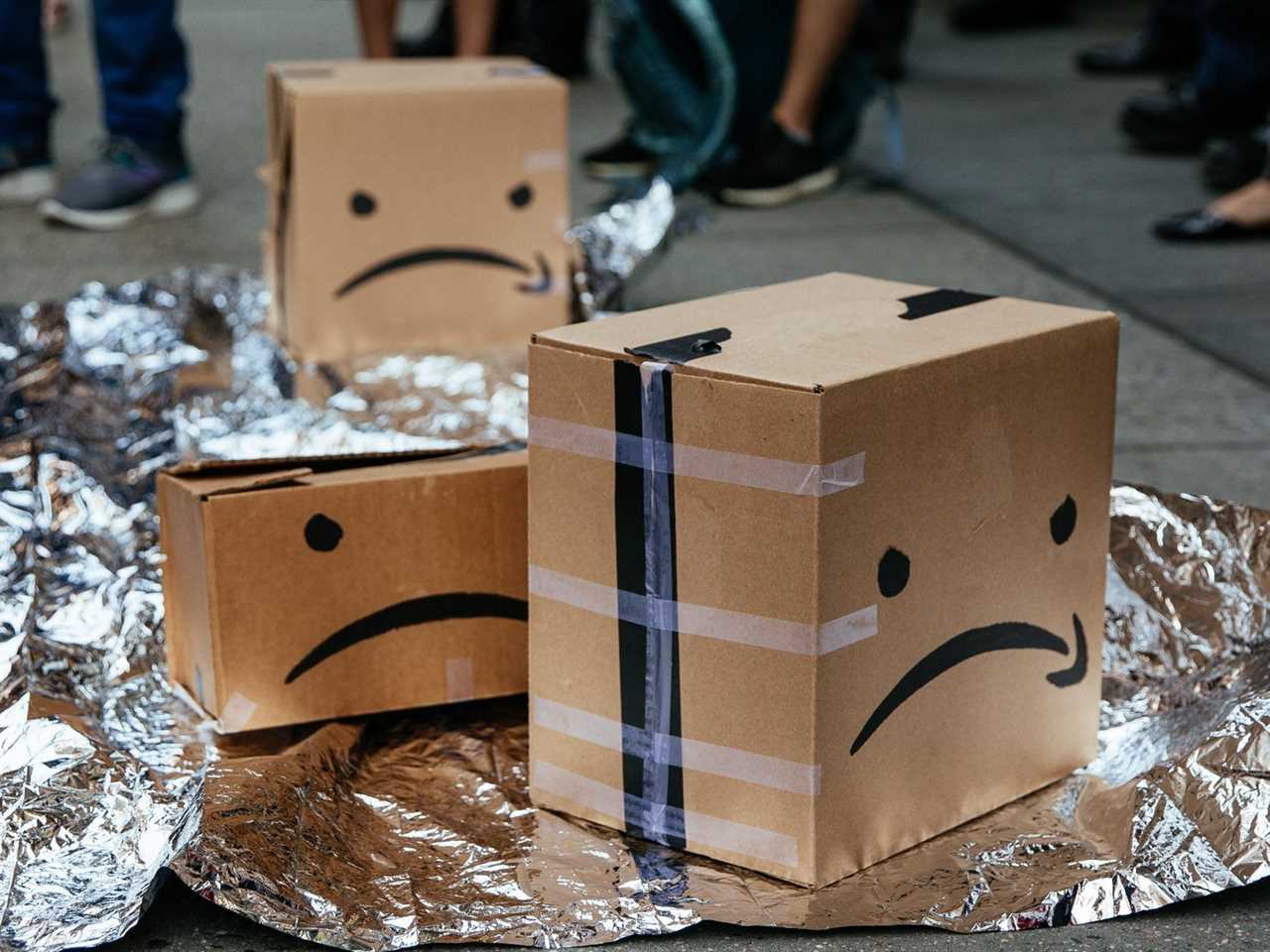
Kevin Hagen/Getty Images
Despite the negative reviews and technical glitches, people still bought tons of stuff — some 34.4 million items — and signed up for Prime in droves, with Amazon adding 1.2 million new members.
"It was Christmas in July quite frankly — a bigger day than Black Friday," Brian Olsavsky, Amazon's CFO, told investors on an earnings call the following week.
The second year saw a roughly 60% increase in sales and the event has only grown since then. "Prime Day" has even become a misnomer because the company expanded the shopping holiday to two days in 2019.
How Prime Day is going
Last year, Amazon drove more than $7 billion in sales through its Prime Day sales, according to Insider Intelligence. This year, the retail giant is expected to eclipse its old record with around $8 billion in sales.
The number of Amazon Prime account holders has ballooned too, with nearly 175 million people using Amazon Prime in the US today — around two-thirds of the country's population — according to a report by Insider Intelligence.
While the now-preeminent shopping event offers Prime members deals on everything from electronics to toilet paper, Prime Day has seen its share of ups and downs over the years.
In 2018, Amazon's website crashed at the start of Prime Day when eager shoppers inundated the site with traffic — evoking a wave of backlash from customers, some of whom threatened to cancel their memberships.
The following year, thousands of Amazon workers in the US and Europe went on strike during Prime Day after Amazon extended the event from one day to two and promised customers a one-day delivery option. Workers and union organizers told Insider at the time that the changes would push the physical limitations of employees and showed a "callous indifference to worker safety."
One Amazon warehouse worker told Insider last year that working close to Prime Day was physically exhausting, especially with overtime, but that the extra money was a plus.
"When I get really tired, I remind myself that we get paid time-and-a-half and the money is good," they said. "Unfortunately, the pain is not."
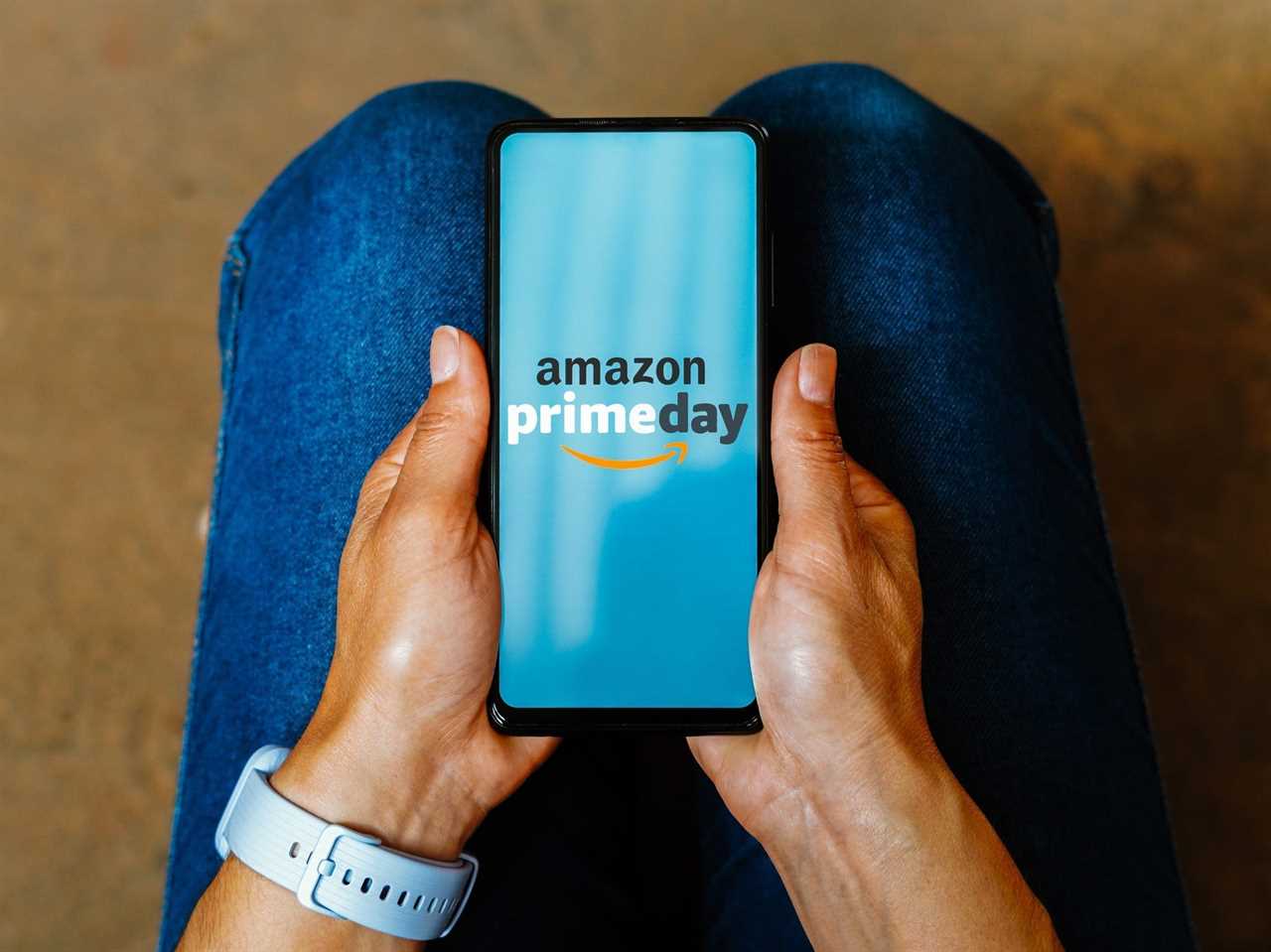
Rafael Henrique/SOPA Images/LightRocket via Getty Images
Disruption from the COVID-19 pandemic delayed Prime Day until October in 2020, but stacking the promotion so close to Black Friday and Cyber Monday didn't appear to hurt sales.
The following year, Amazon experimented with moving Prime Day a month earlier citing the Olympics and "July travel," but by 2022, it was back to normal, albeit bigger than ever.
And then, there are the sellers responsible for the products that Amazon makes available on its digital storefront. Last year, Time reported that some Amazon sellers were "dreading Prime Day" because advertising and storage fees from Amazon continued to rise while the prices for their products dropped amid a glut of inventory as consumer demand slowed.
Now everyone is doing it
What began as a membership promotion for a fast-growing ecommerce company has since become a must-do affair for retailers large and small, several of whom have introduced Prime-like memberships of their own — all around the same time as Prime Day.
Walmart is offering a similar event, called Walmart Plus Week, between July 10 and 13. While the first 24 hours are exclusive to Walmart+ members, anyone can access the deals on the second and third days of the event.
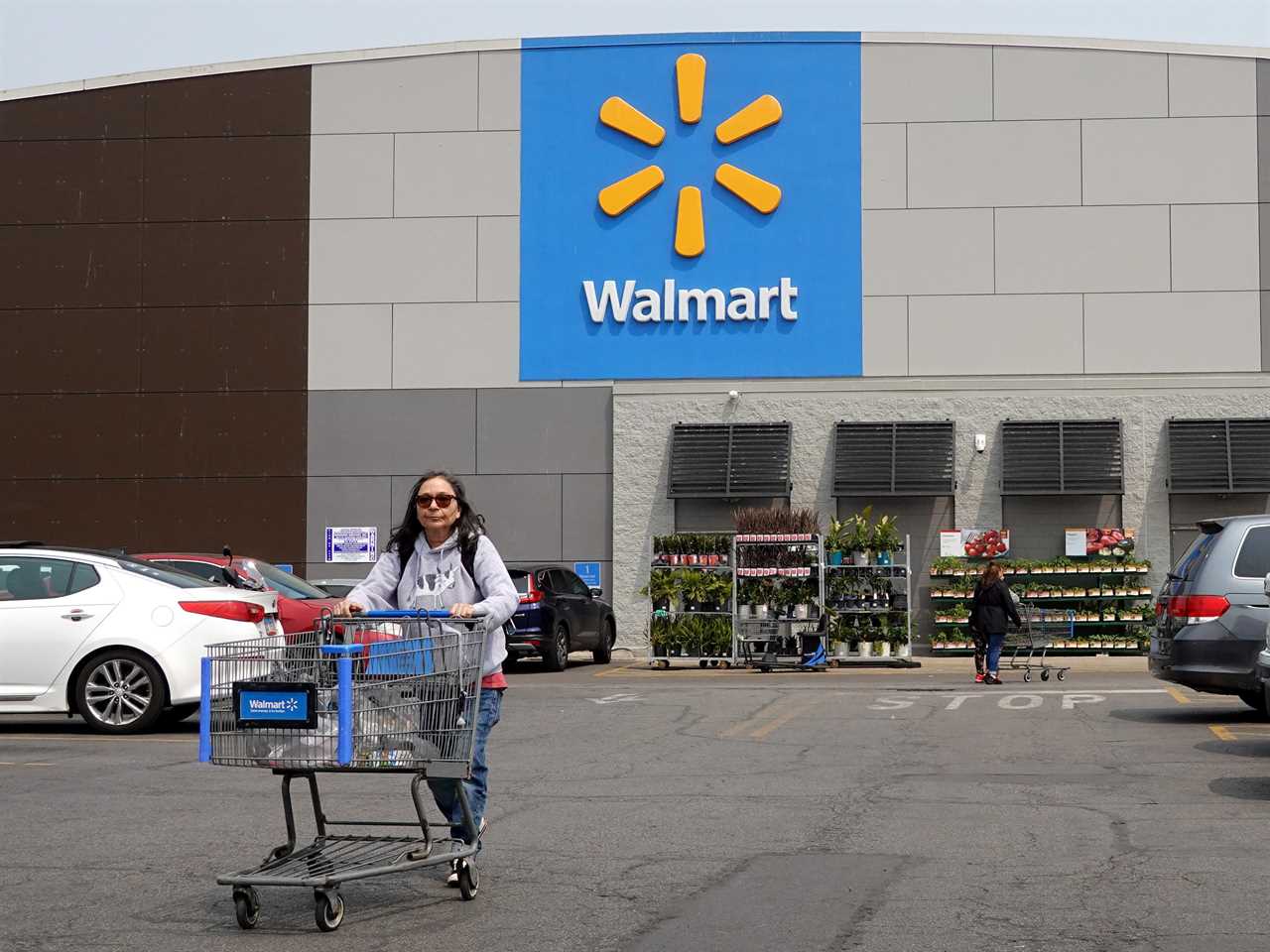
Scott Olson/Getty Images
Target calls its shopping holiday Target Circle Week and this year; it takes place July 9 through July 15 and is exclusive to Target Circle members. Best Buy has a "Black Friday in July" savings event lasting three days from July 10 to July 12.
According to Andrew Lipsman, an analyst at Insider Intelligence, Prime Day has become "a shopping tentpole that now rivals Black Friday or Cyber Monday."
But while other retailers can try to get in on the shopping spirit, offering deals to lure customers into their own digital storefronts, it'll be hard to beat Amazon at its own game.
"Even well-known competitors lack the ability to bigfoot Amazon with earlier events," Lipsman wrote. "So they might as well take advantage of the opportunity to capitalize on consumers coming online to shop for Prime Day deals— who are also happy to shop elsewhere for the right products or better prices."
Read More
By: [email protected] (Dominick Reuter,Yeji Jesse Lee,Alex Bitter)
Title: The history of Prime Day: How Amazon turned a typically sleepy season for sales into retail's biggest day of the year for deals
Sourced From: www.businessinsider.com/history-of-amazon-prime-day-impact-on-retail-industry2023-7
Published Date: Mon, 10 Jul 2023 12:39:18 +0000
.png)
